While the world is certainly facing many problems, from climate change to economic crisis, soaring mortgage rates and a diminishing water supply, food scarcity is now being added to the list.
New research shows that food shortages aren’t far away, and one food group in particular will likely run out before any other. A study published by Phys.org reports that 90% of “blue” food, or aquatic food, production is at risk of being completely eliminated from human cuisine.
What Is “Blue” Food?
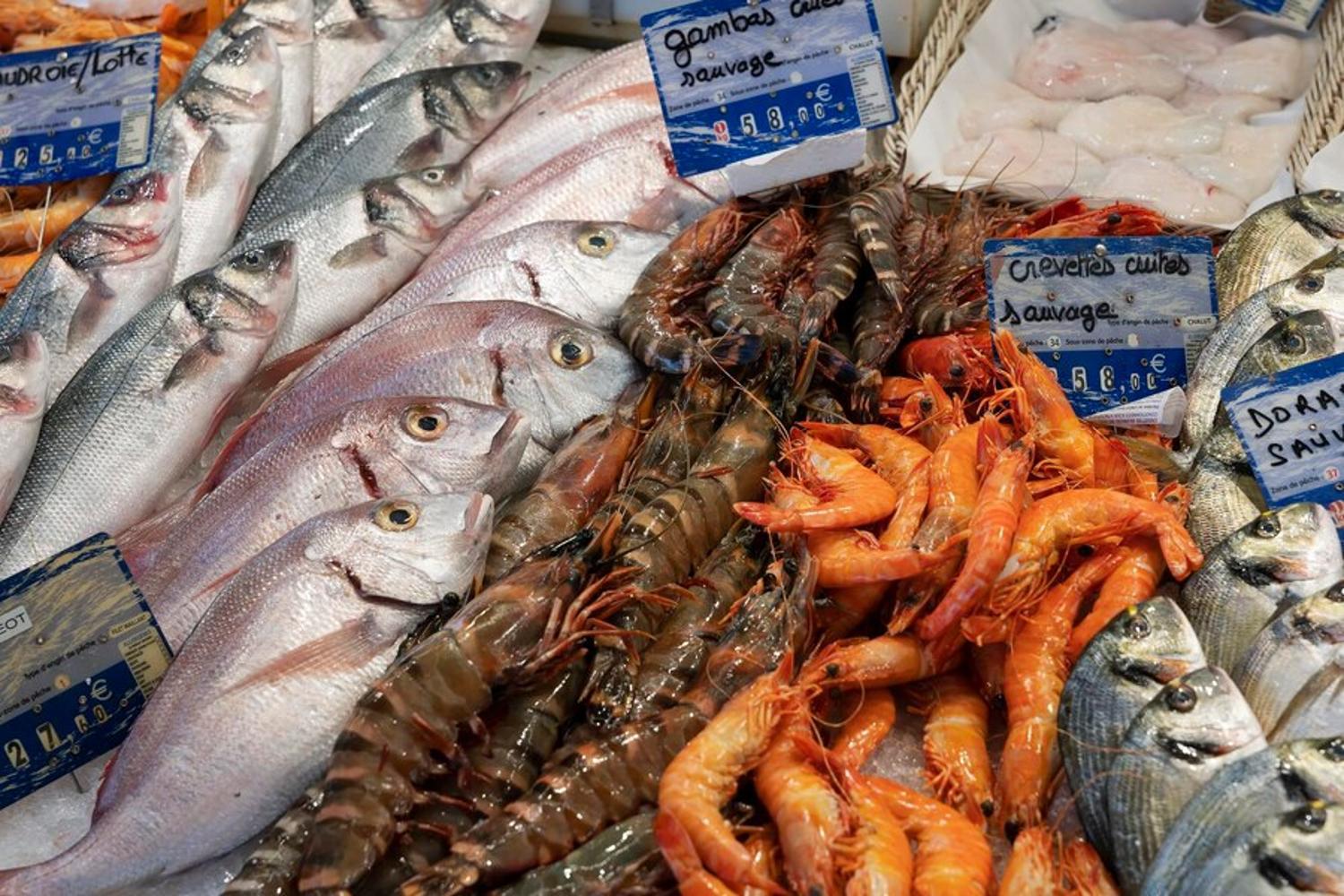
“Blue” food is an industry nickname for any food that comes from the sea, including various kinds of aquatic animals.
According to the Seafood Source, humans consume an almost unbelievable 156 million metric tons of “blue” food every year. From shellfish like clams and mussels to shrimp, dozens of species of fish, and even shark, seafood is one of the most popular food groups in cuisines all around the world.
The Fishing Industry Has Had Its Share of Problems
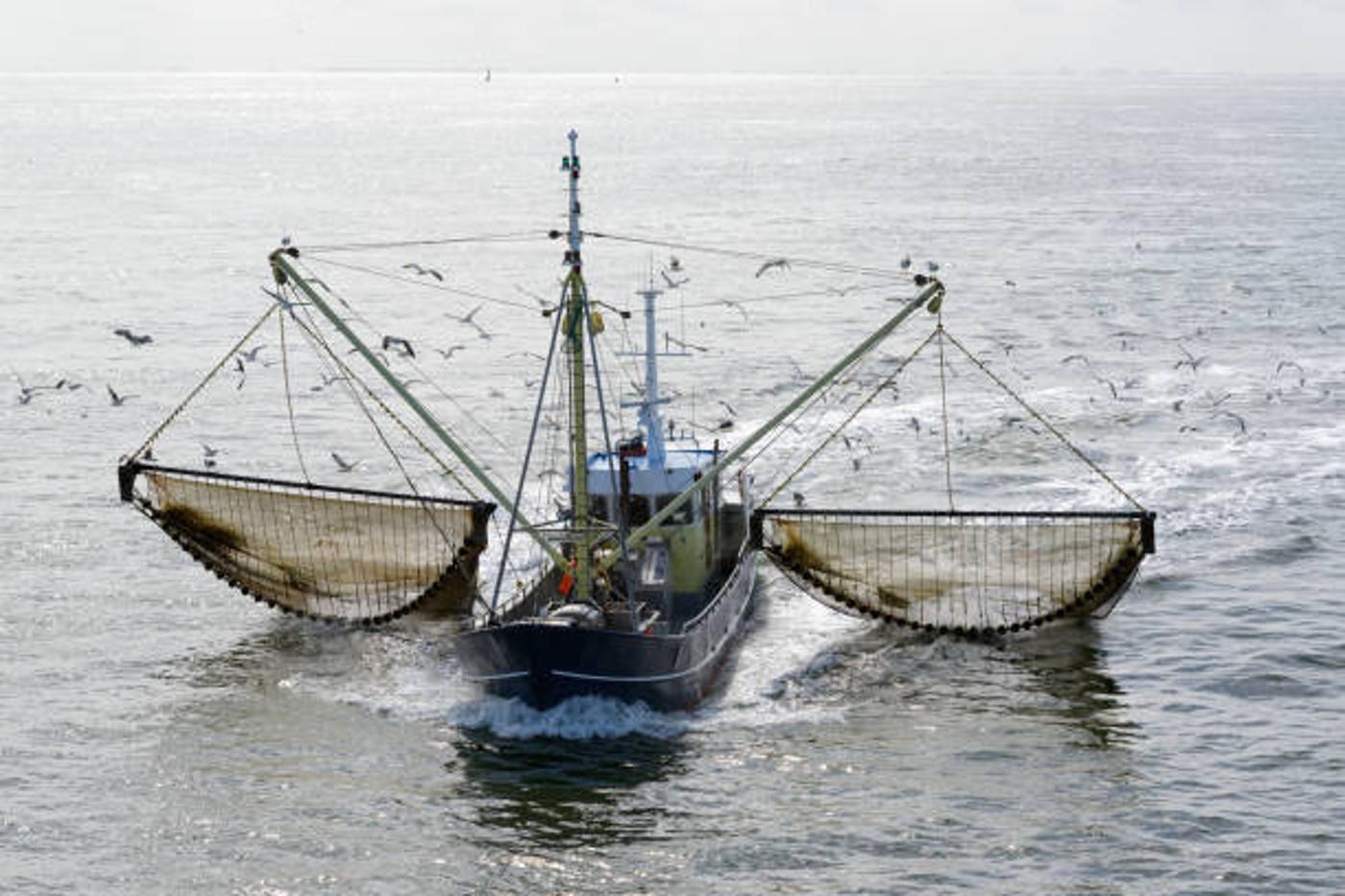
Even though there are an estimated 25 million marine species and trillions of animals living in the world’s oceans, one of the biggest problems facing aquatic life is overfishing.
Fishing industries around the would have been accused of dangerous overfishing practices. While people around the world certainly eat an extensive amount of seafood, hundreds of industrial boats were caught catching far more fish than they could ever sell.
Why Is Overfishing So Dangerous?
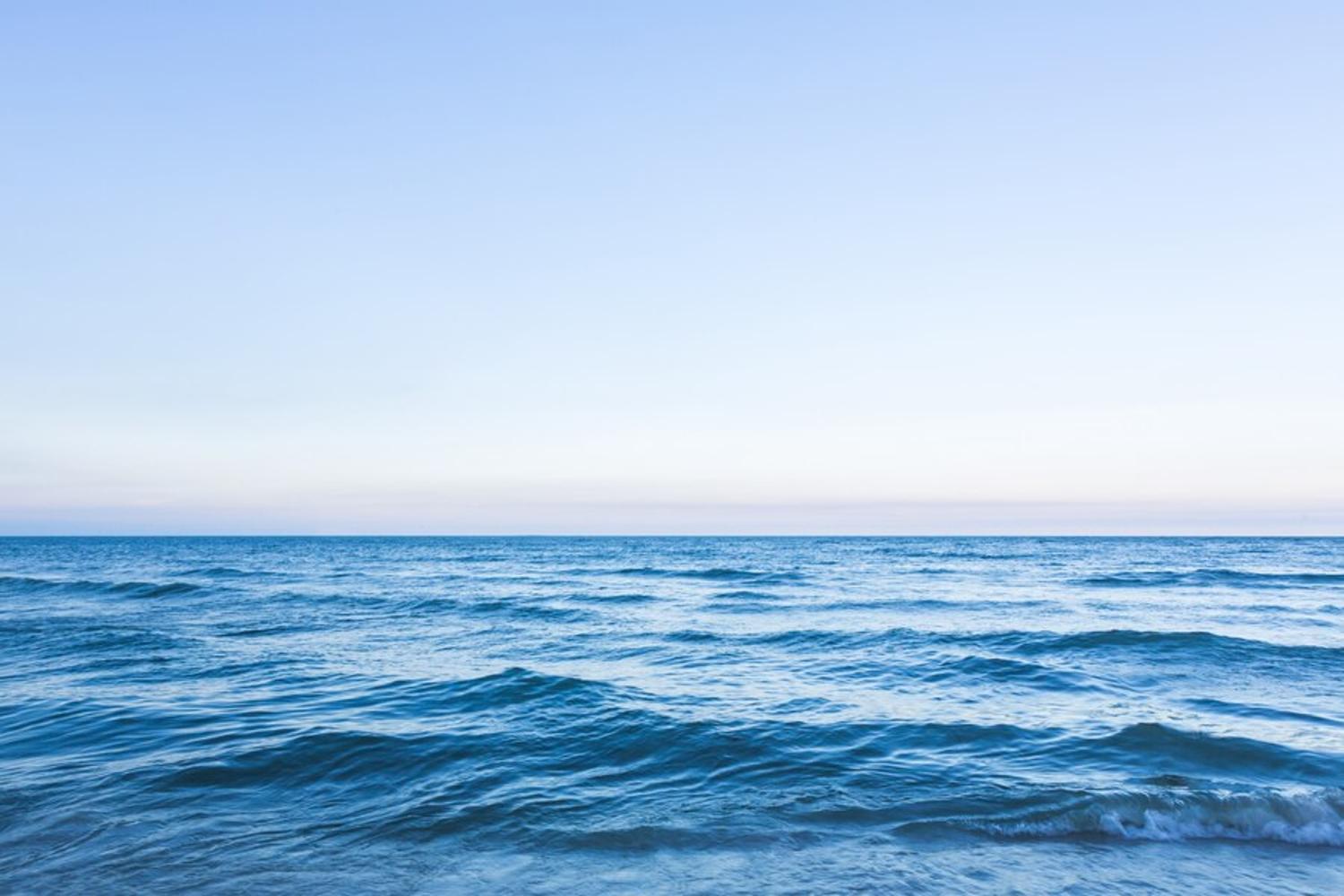
Although the world’s oceans and its trillions of creatures may seem infinite, overfishing can wreak havoc on this extremely important ecosystem. Essentially, if fishing boats are catching fish faster than a species can repopulate, hundreds of species could go extinct overnight.
Therefore, governments around the world have implemented strict regulations against overfishing to ensure the ocean ecosystems continue to function properly and that there will be plenty of fish in the sea for generations to come.
Overfishing Isn’t the Only Issue Plaguing the World’s Oceans
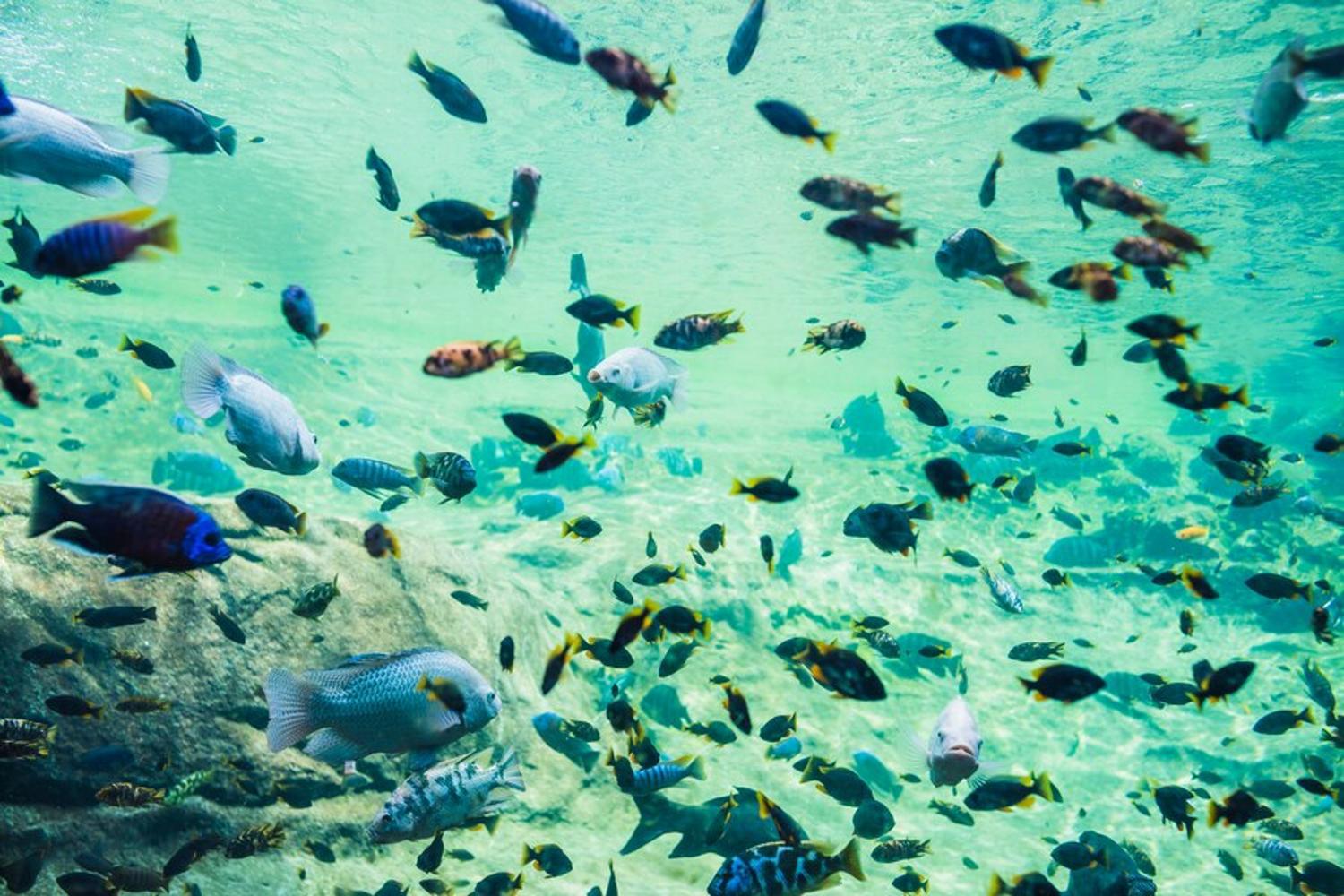
While overfishing is certainly a very real and prevalent problem, it is not the only issue plaguing the world’s oceans. Arguably, the most dangerous reality right now for aquatic life is none other than the changing climate.
In fact, one study published by Phys.org reported that 90% of the world’s “blue” food production is at risk from the many negative side effects of climate change.
How Is Climate Change Affecting the Seafood Industry?
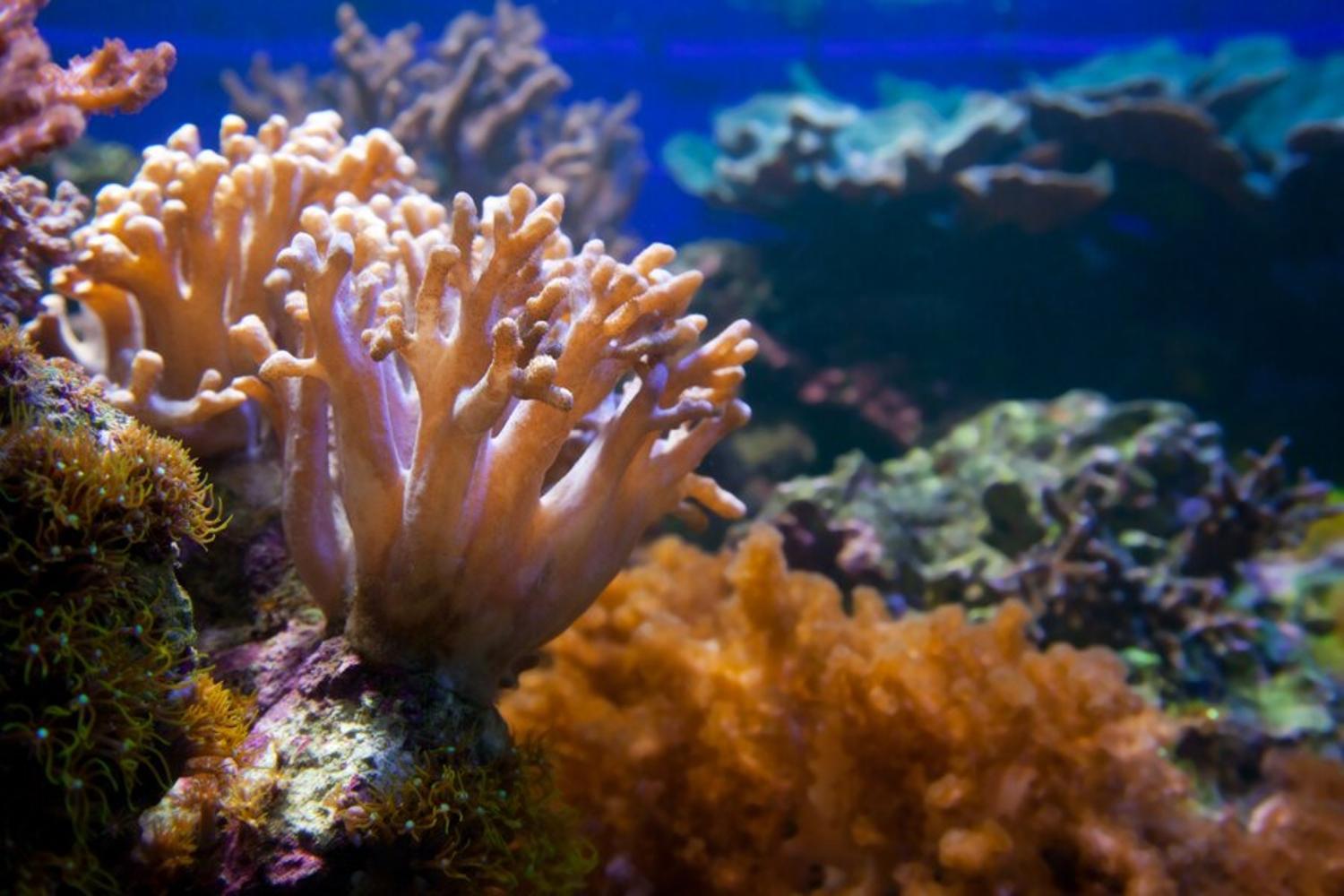
The study notes that 90% of “blue” food in the world’s oceans are currently susceptible to environmental stressors, including algal blooms, rising sea levels, pesticide exposure, and changing temperatures.
Although each of these problems are important, some argue that the warming of the world’s oceans is the most concerning at this point in time.
Earth’s Oceans Have Warmed by 2.8°F Over the Last Century
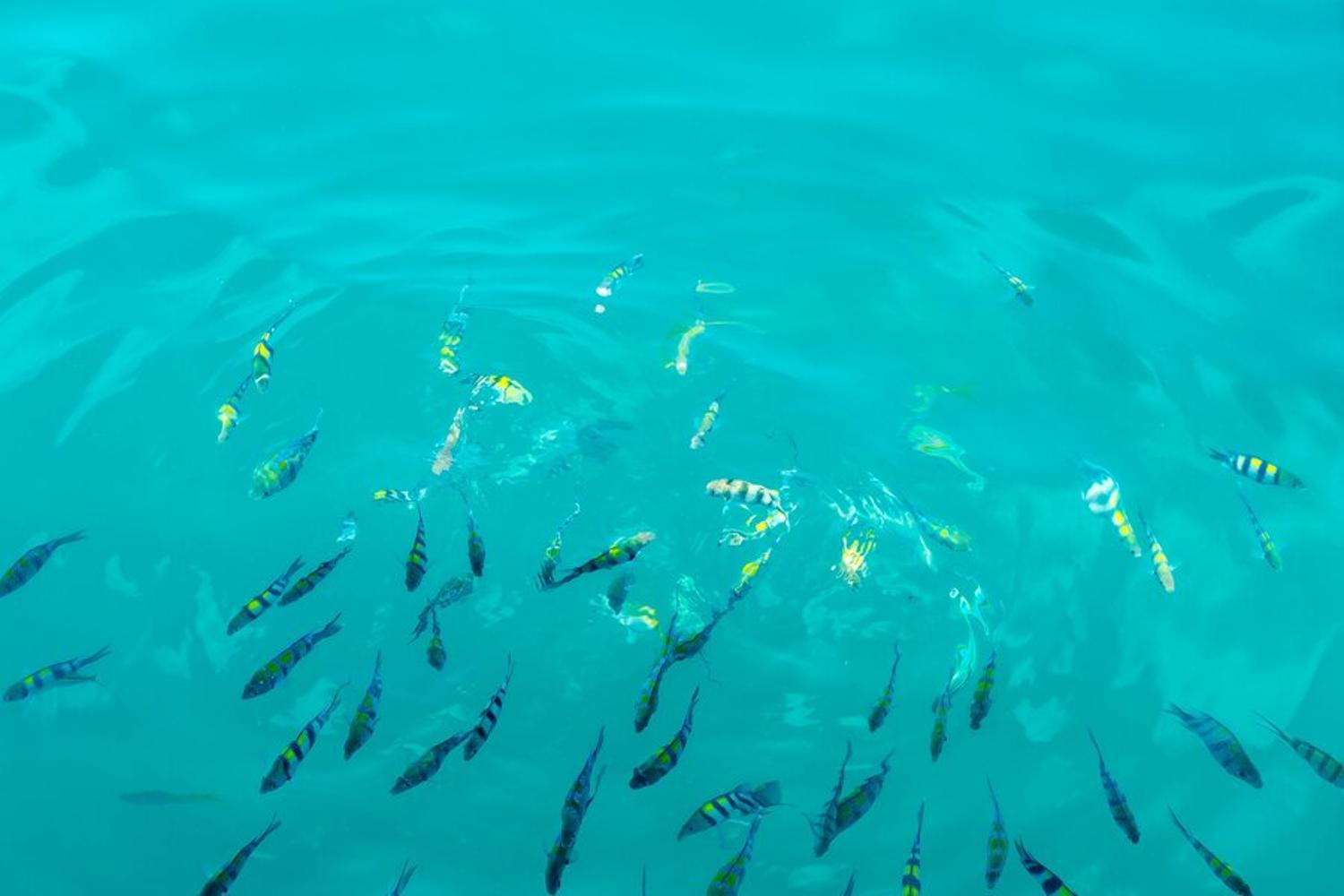
Scientists have explained that the excessive use of fossil fuels and the consequent greenhouse gases that have been released into the atmosphere are directly causing the planet to warm at an alarming rate.
According to the National Environmental Education Foundation, “The average global sea surface temperature increased by approximately 2.8°F from 1901 to 2020.” And while that may not seem like a lot, those few degrees will drastically affect the millions of species of marine life that call the ocean home.
Warm Ocean Water Will Kill Millions of Species of Aquatic Life
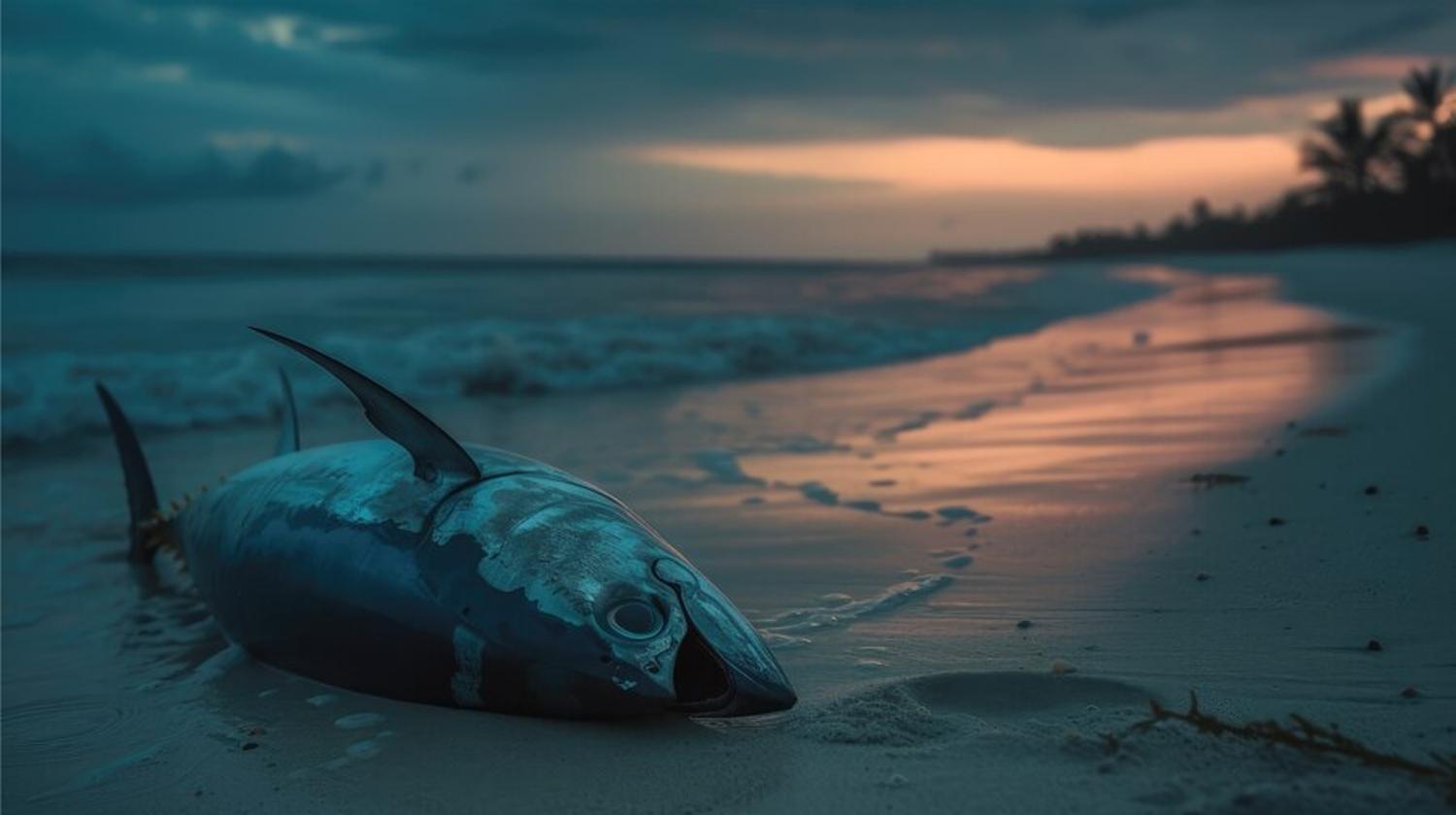
As the oceans continue to warm, scientists are concerned that a wide variety of marine life will go extinct as their bodies will not be able to adapt quick enough to survive.
They have already seen warmer temperatures obliterate coral reefs all over the world, and one study suggested that entire species of fish, shellfish, and other members of the “blue” food group are next.
Aquatic Life in Certain Countries Is at a Higher Risk Than Others
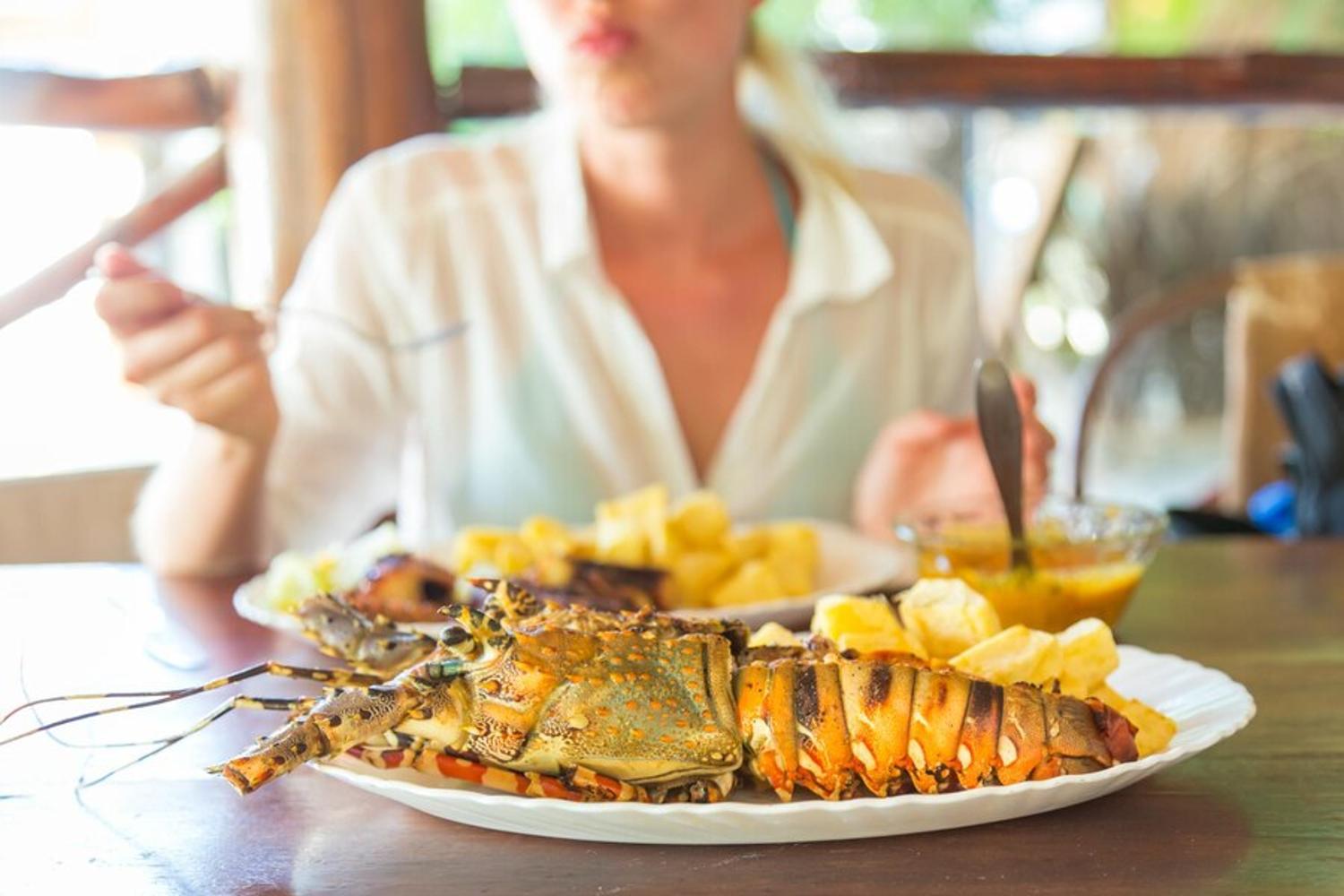
The study published by Phys.org specified that while marine life all around the world is at risk, the oceans around certain counties are in more jeopardy than others.
The paper notes that the marine life around several countries in Asia, including China, as well as the United States, are currently at the highest risk for shortages or even extinction.
Fishing Villages Will Be the Most Affected by This Terrifying Reality
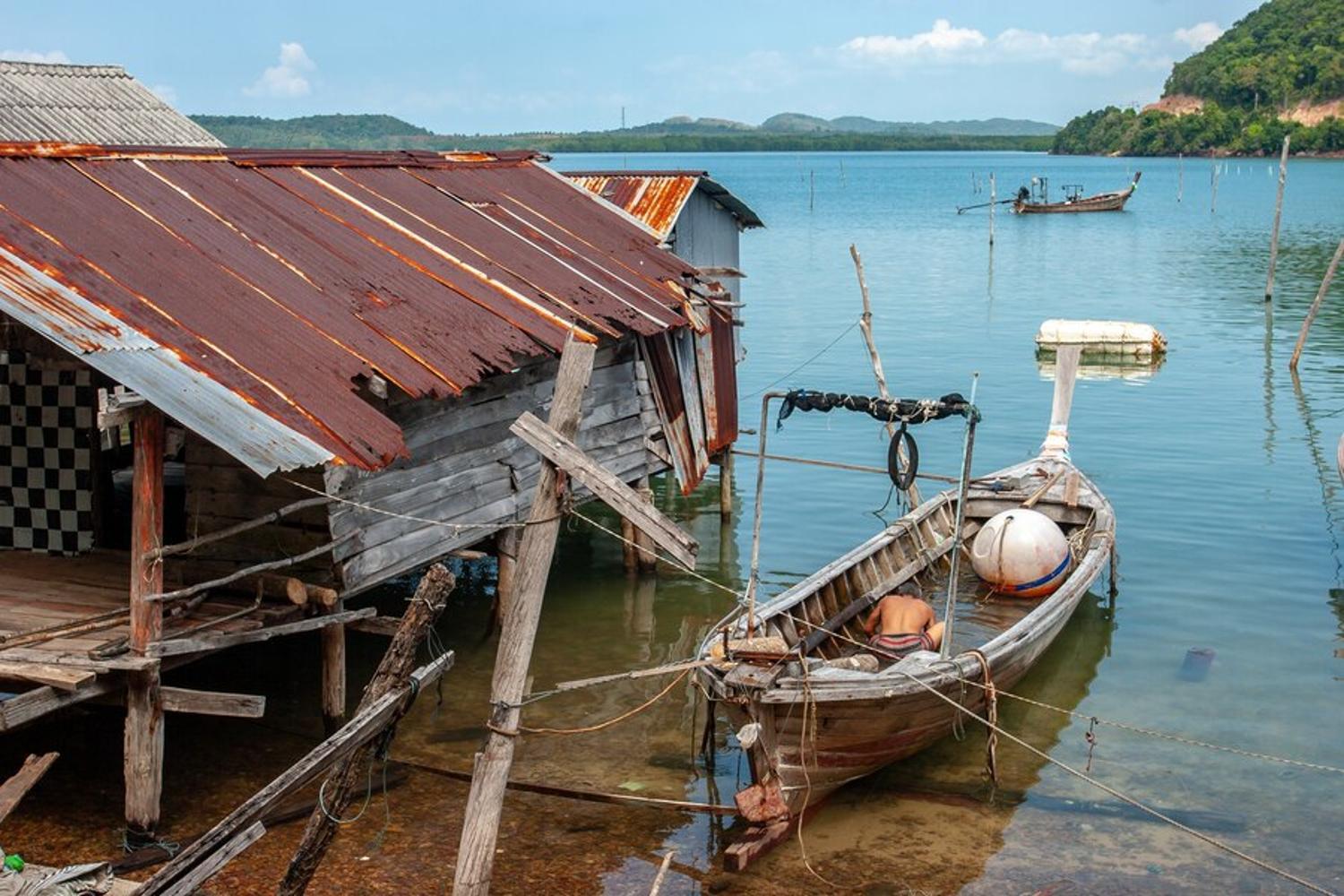
Larger nations like China and the United States would absolutely struggle to feed their vast populations if there truly was a “blue” food shortage.
However, experts say that it is the small fishing villages around the world who will suffer the most if this prediction comes to fruition. Many communities base their entire economy on the fishing industry as well as their diet. Without it, hundreds of thousands of rural families would lose their livelihoods and the food on their plates.
Will There Be Enough Seafood for the Next Generation?
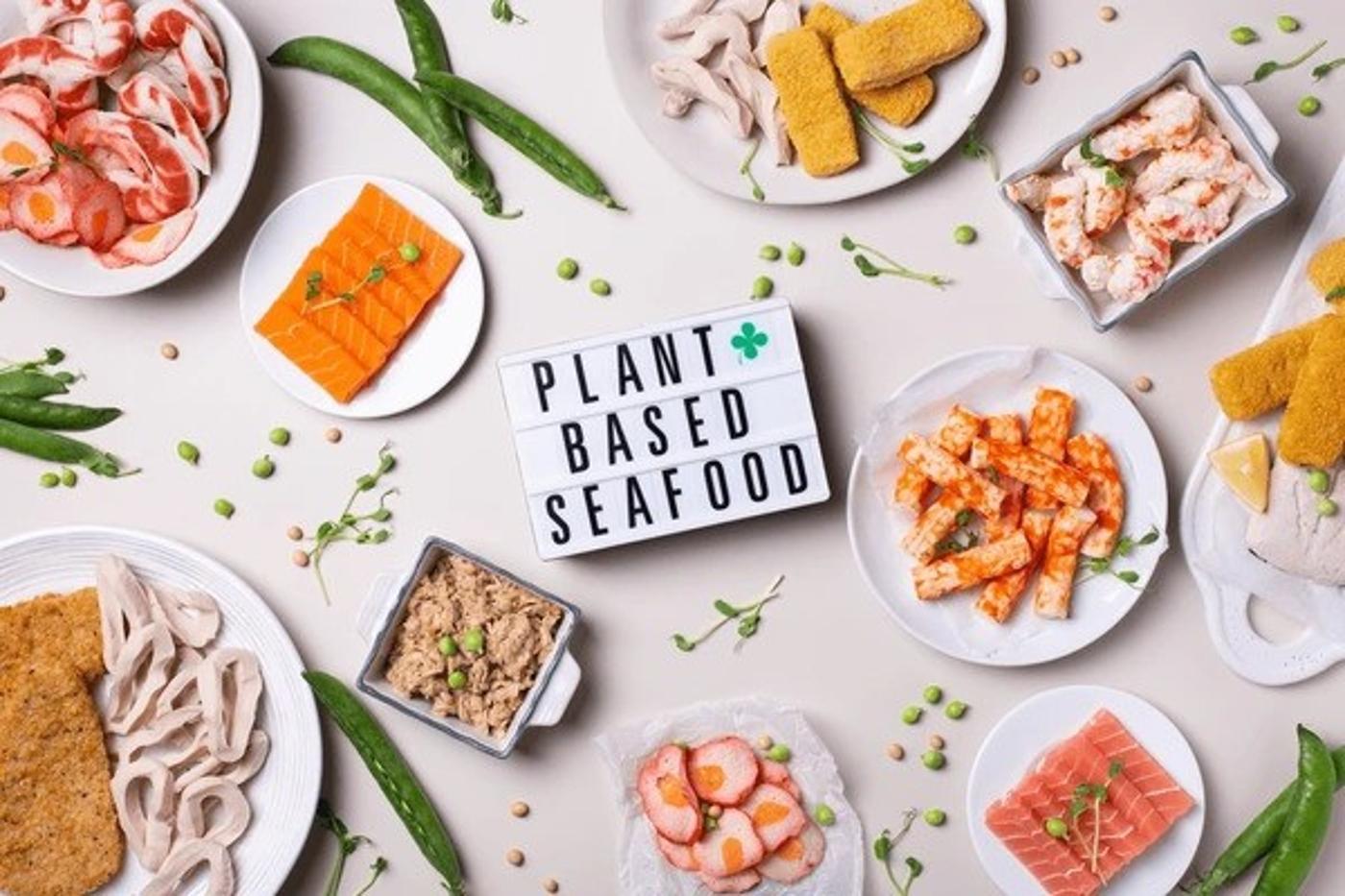
Some say that seafood will soon be a rarity all over the world. If the estimation from this study is correct, it’s likely that the next generation will see a “blue” food shortage, and a few decades later, it may be just a delicacy for the uber wealthy.
There are several companies attempting to meet this trend head on with plant-based seafood. But skeptics argue that these products could never replace real seafood, either in taste or in nutritional value.
The Natural Ecosystems of the World’s Oceans Are Dying
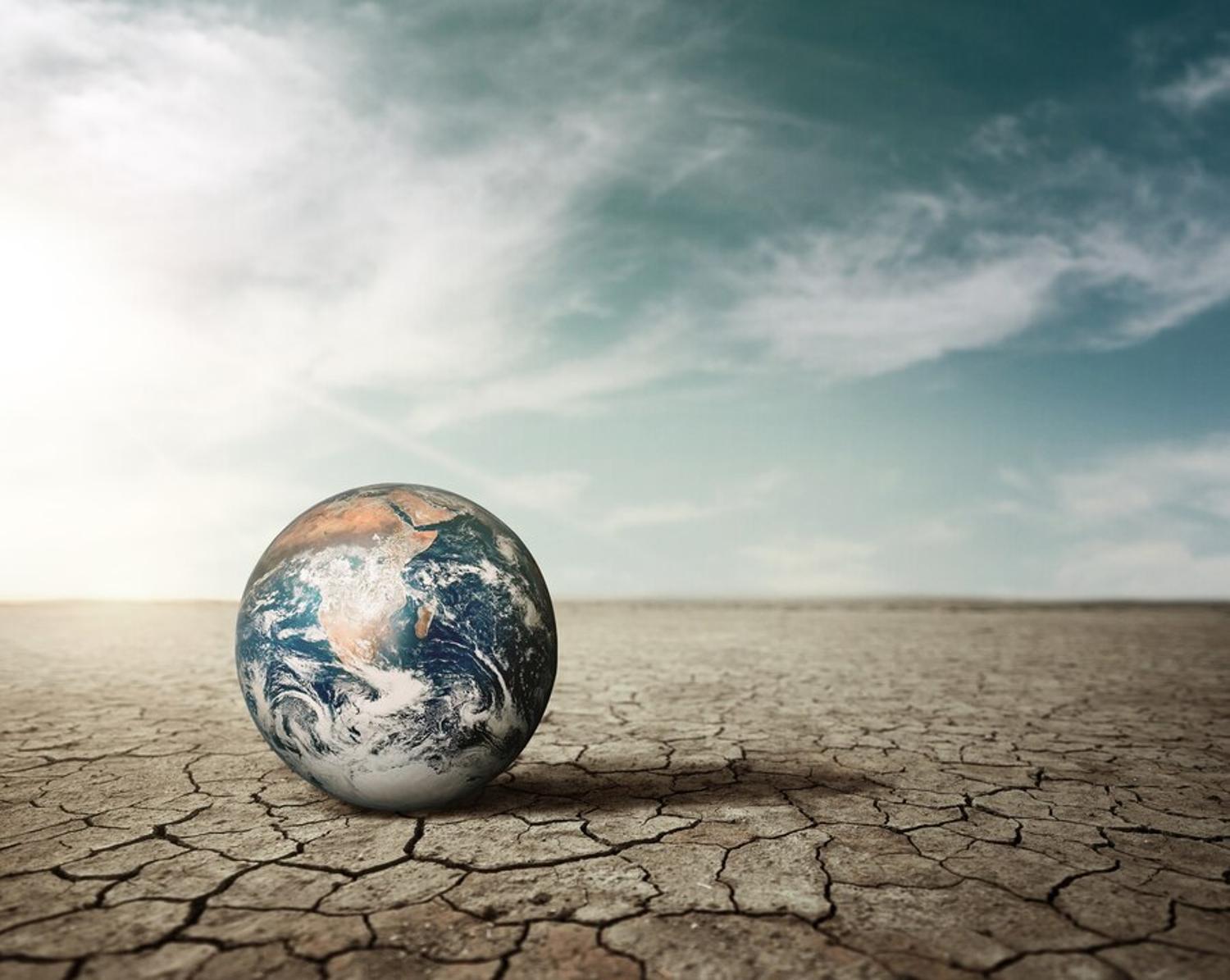
Of course, the idea that the planet could literally run out of edible seafood is concerning. However, it’s crucial to understand that this statistic doesn’t just concern cuisine. It means that 90% of the world’s aquatic life is at risk, and without a functioning marine ecosystem, the world will look very different in no time at all.
While the research in this study was extensive, co-lead author and professor at the State Key Laboratory of Marine Environmental Science at Xiamen University, Ling Cao, believes they “have only scratched the surface in our understanding of how environmental stressors are connected, and how they can both negatively impact the production and safety of the resulting blue foods.”








































